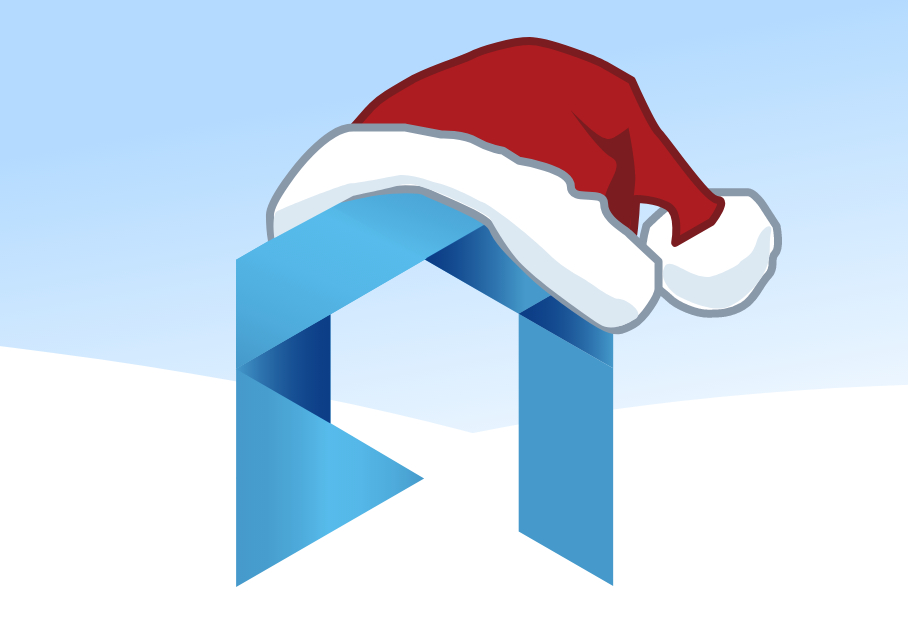Audio Presented by

Empowering Developers Everywhere to Embed Real-Time Analytics in Any Application, Anywhere.
About Author
Empowering Developers Everywhere to Embed Real-Time Analytics in Any Application, Anywhere.
Comments
TOPICS
Related Stories
Commercial Analytics
Jun 07, 2023
